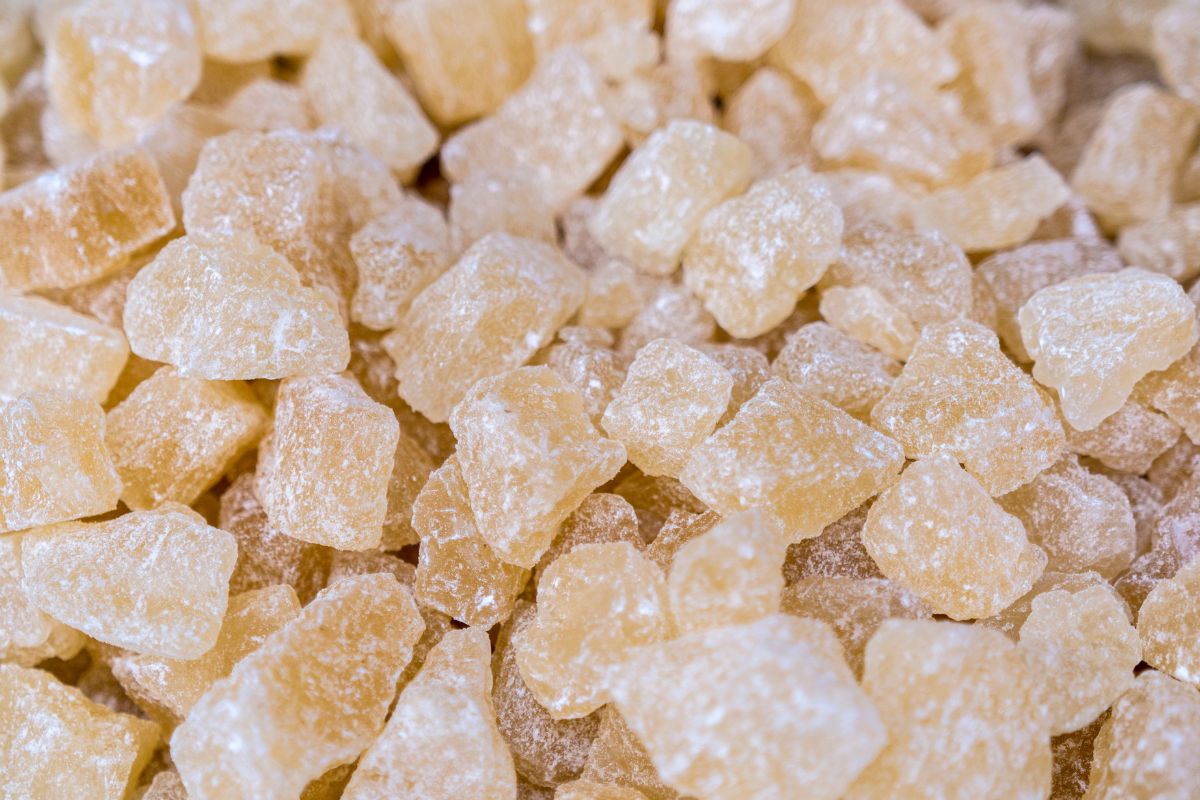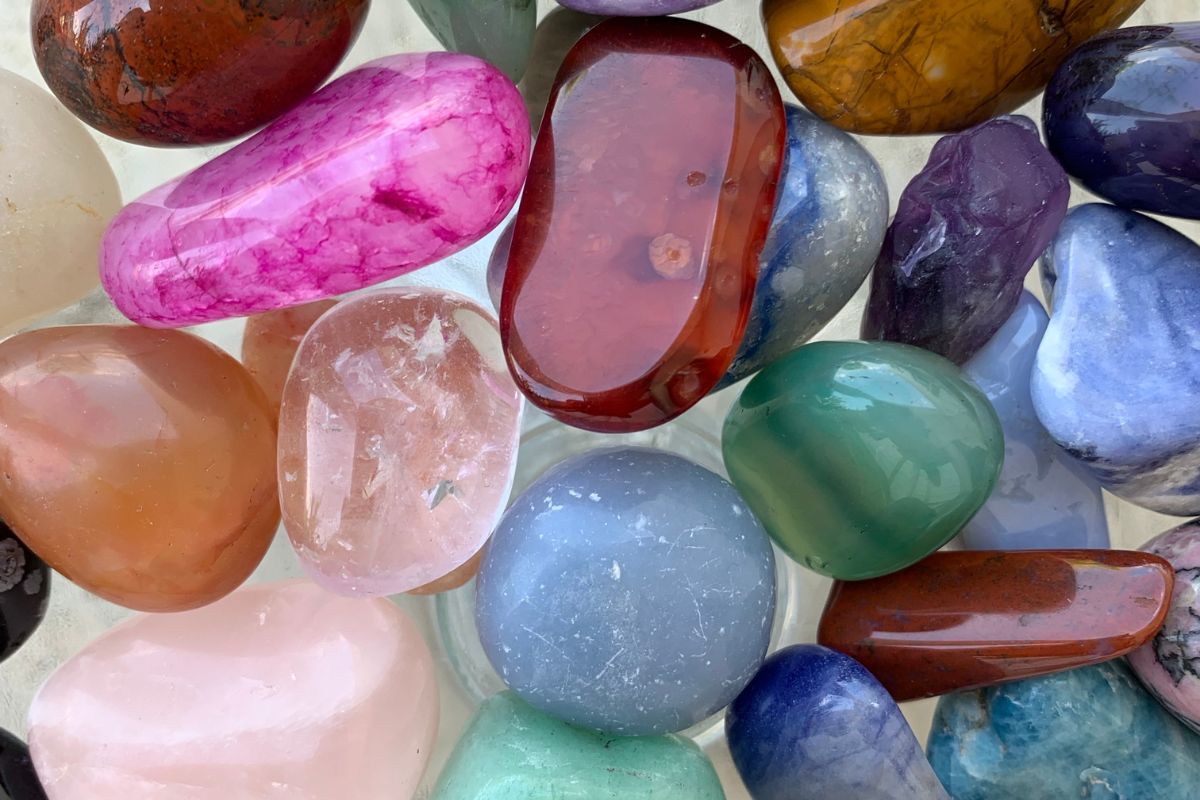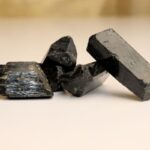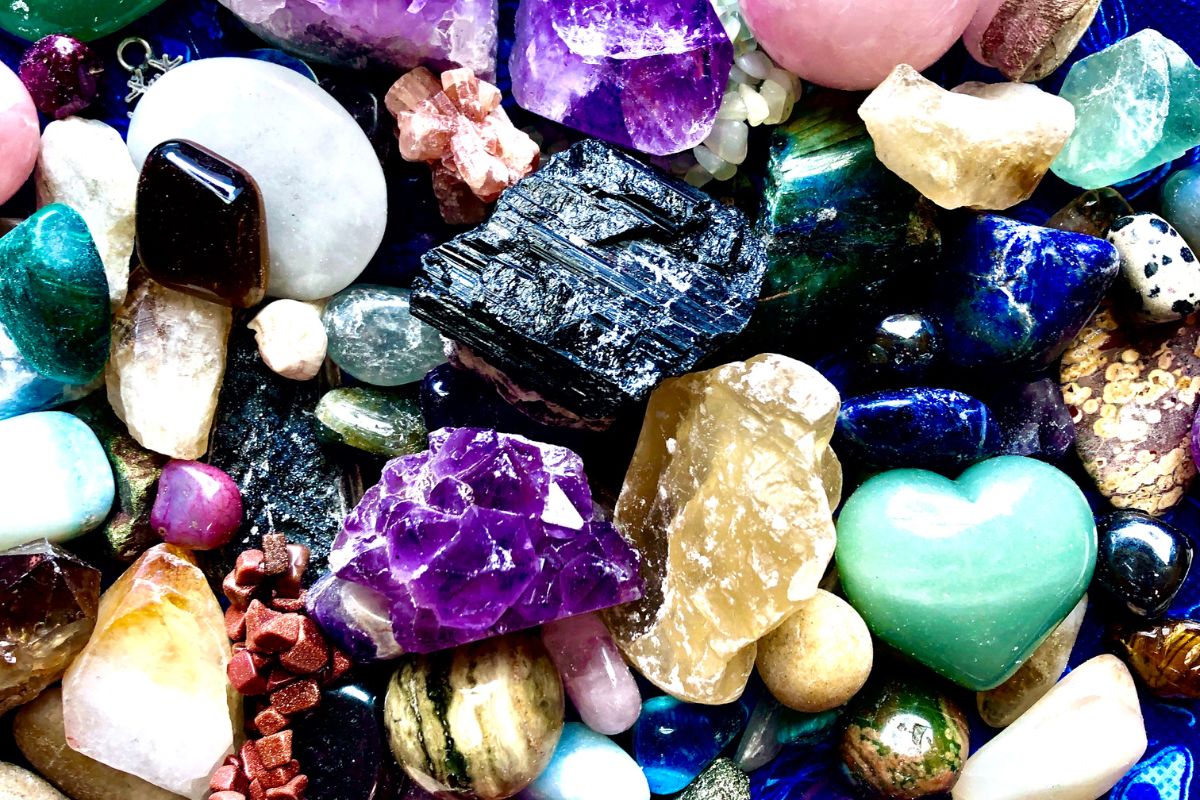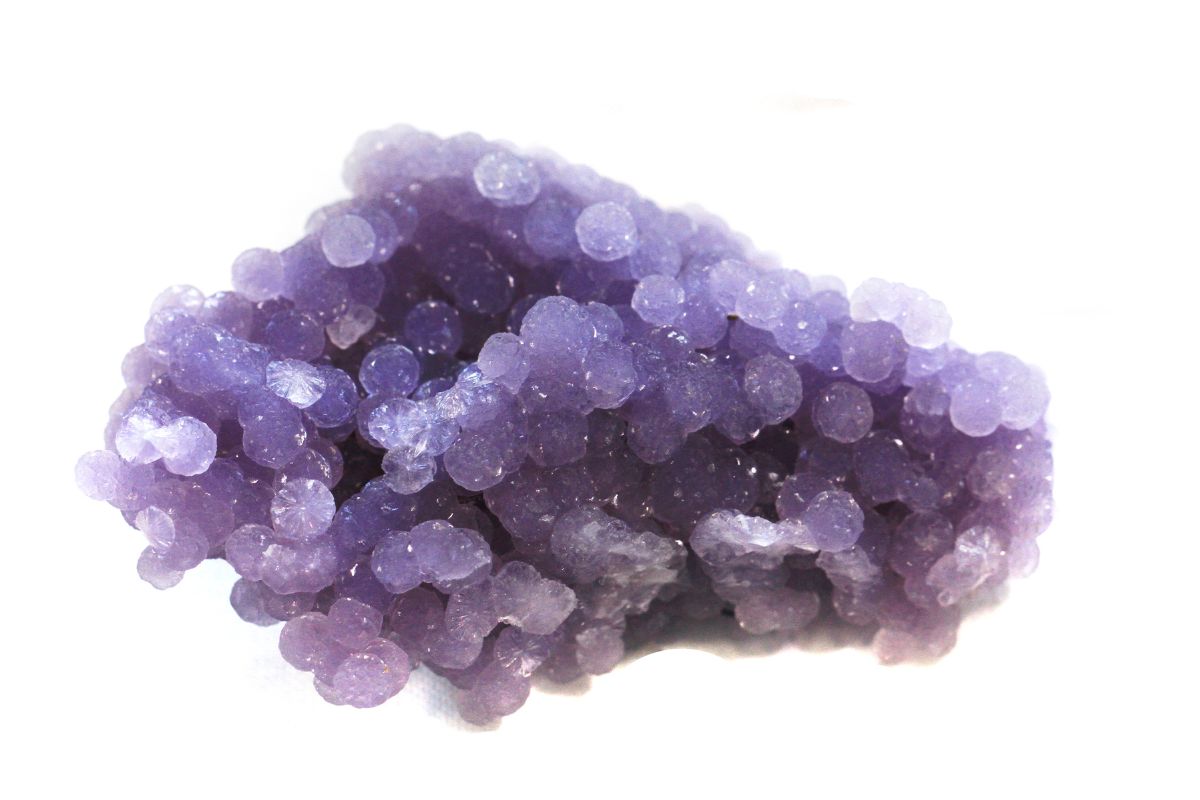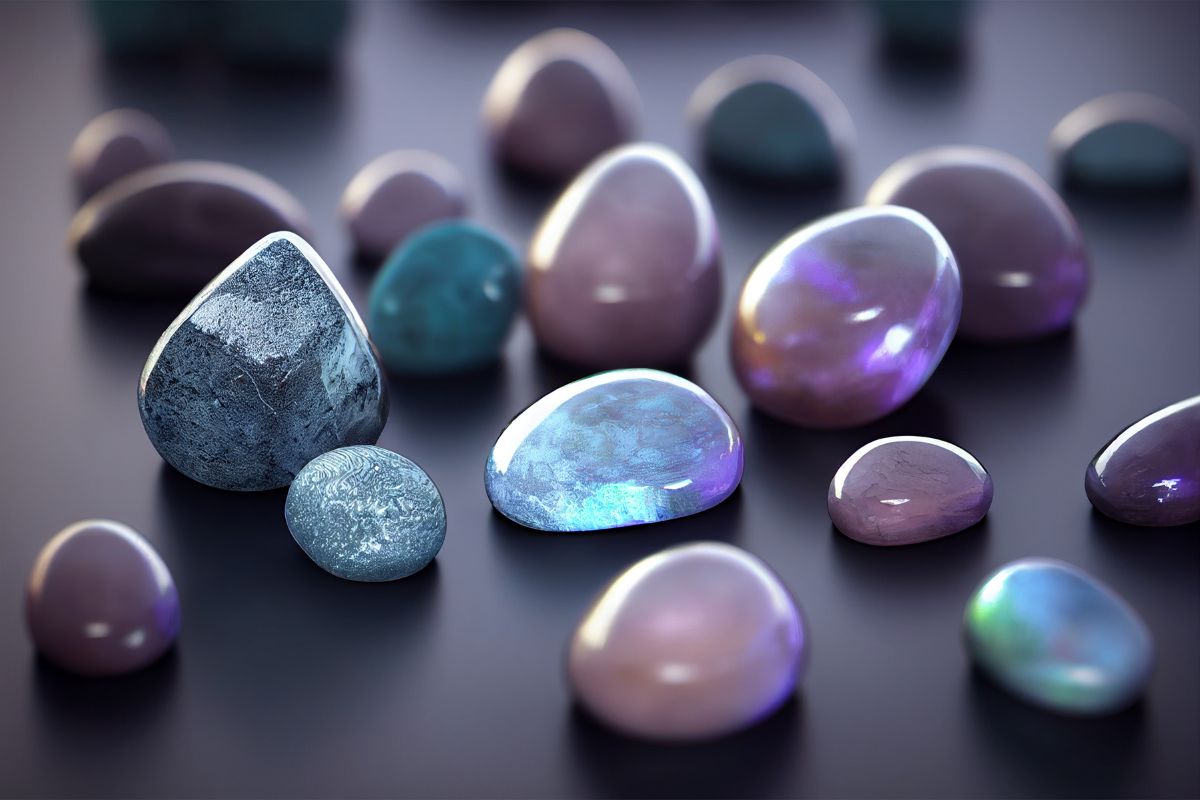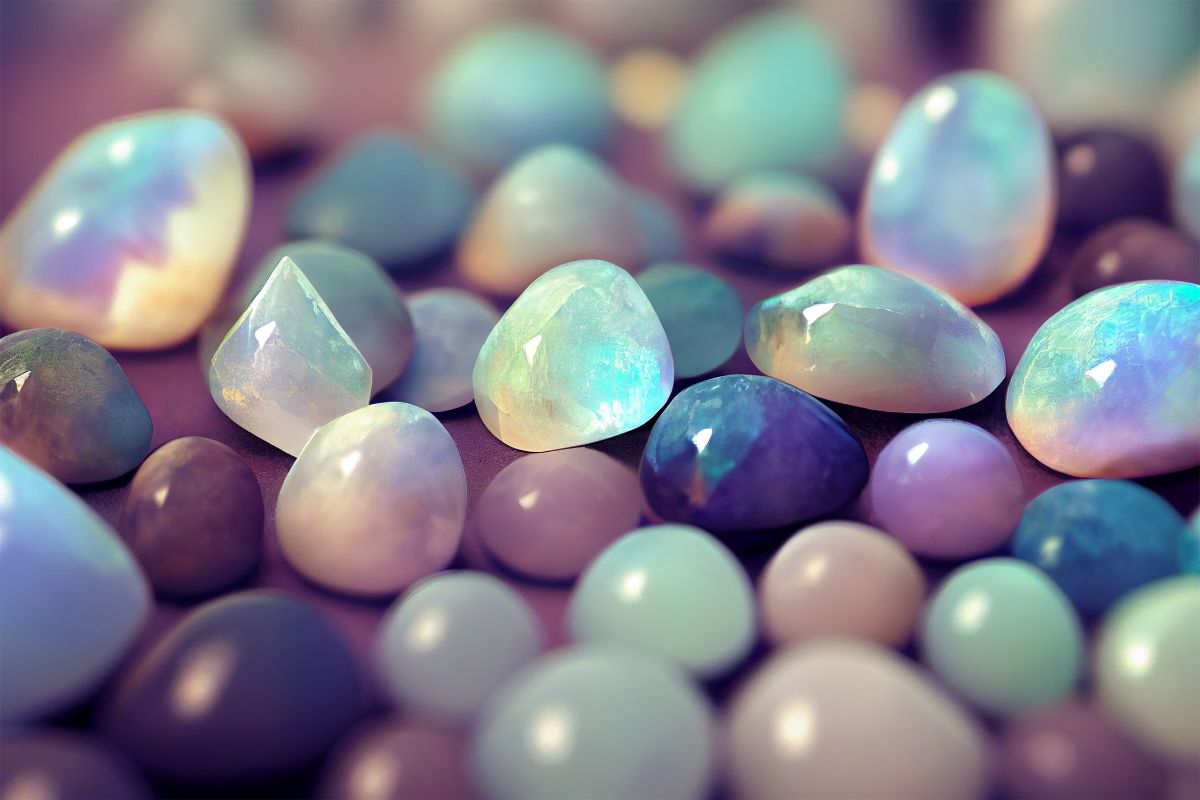With so many different types of crystals out there, it’s not uncommon for two different types of crystals to look alike, and two of the ones that look incredibly similar are Labradorite and Moonstone, especially because of their gorgeous iridescence.
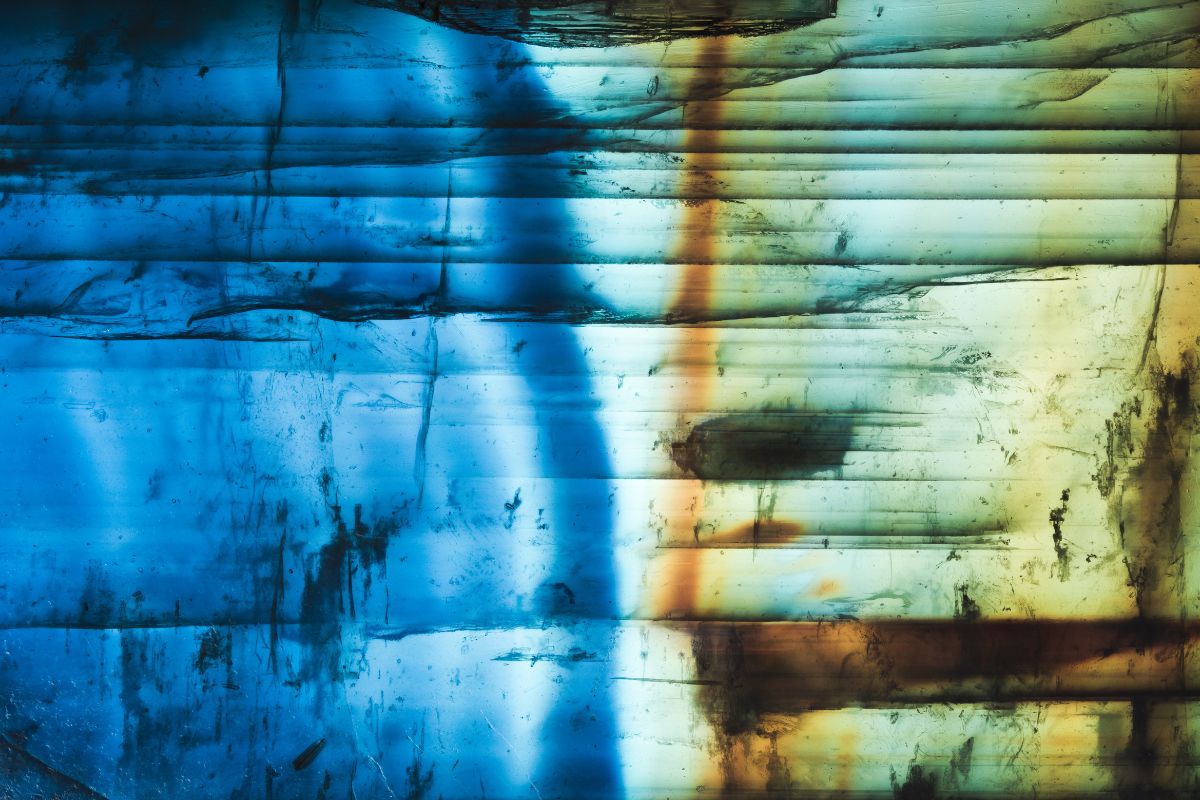
However, while it is easy to get these two crystals mixed up based on their appearance alone, the reality is that these crystals are actually incredibly different from each other.
These two crystals are both filled with unique qualities and properties that make them super interesting to learn about, and they’re also two of the most popular crystals too, which means that you’ll definitely be able to impress people if you learn more about them!
So, if you think you have one of these two crystals and are unsure of which one you own, or you simply want to learn more about the qualities and intricacies of each of these crystals, then read on through our helpful comparison guide, and we’ll provide you with all of the details you need to know!
Labradorite VS Moonstone: Comparison Table
| Physical Properties: | Moonstone | Labradorite |
| Color | White, Pink, Blue, Green, Black. Iridescent colors include Silver, Blue, Peach, and Rainbow | Dark Grey. Labrodescent colors include Green, Yellow, Red, Orange, and Blue |
| Location | Sri Lanka, Madagascar, India | India, Finland, Canada |
| Rarity | Common | Common |
| Mineral Class | Feldspar | Feldspar |
| MOH Hardness | 6 – 6.5 | 6 – 6.5 |
| Crystal System | Triclinic | Triclinic |
| Formula | (Na,K)Al3O8 | (Ca,Na)(Al,Si)4O8 |
| Specific Gravity | 2.61 | 2.68 – 2.71 |
| Healing Properties | Moonstone | Labradorite |
| Physical | Hormonal Imbalance and Premenstrual Syndrome | Good for lowering blood pressure |
| Emotional | Reduced mental and emotional instability | Helps to disperse anxiety and stress |
| Metaphysical | Connection to the divine feminine | Increases and opens up intuition |
| Zodiac Sign | Libra, Scorpio, Cancer | Sagittarius, Leo, Scorpio |
| Birthstone | June | February and March |
| Chakra | All – Depends on color of the stone | Third eye, Throat |
| Planet | Moon | Uranus |
| Element: | Water | Water |
| Number | 4 | 6 and 7 |
As you can tell from our comparison table, these two incredible crystals have a lot of things in common, especially when it comes to their physical properties, which is why you might sometimes hear some people call Rainbow Moonstone “White Labradorite” instead, although they are totally different crystals together.
The differences between these two gemstones include their chemical composition, with Moonstone being composed of potassium sodium, whilst Labradorite is composed of calcium sodium, so although it’s true that these two crystals do share a lot in common with each other, they are in fact completely different minerals!
Labradorite – What Is It?
Labradorite, as mentioned before, is a feldspar mineral that contains both sodium and calcium, and it can often be found in norite, basalt, and gabbro rocks.
Perhaps the most interesting thing about this mineral is that when the light is reflected off of this stone, the colors disperse, which creates a gorgeous range of colors, this effect is known as labradorescence, and is a result of the structures found inside the crystal.
Named after Labrador, the province in the Northeast of Canada where the stone was initially found back in 1770, this stone’s magical appearance even led the Eskimo Inuit that lived in the region to believe that the stone contained part of the Aurora Borealis inside it (see also ‘15 Beautiful Aurora Crystals‘).
Labradorite is typically found in sedimentary and metamorphic rocks, and it is known to vary greatly in color too, with a dark grey base color, and a variety of labrodescent colors including yellow, red, orange, green, blue, and even purple!
Labradorite has a Mohs hardness rating of 6 to 6.5, which means it is not particularly hard at all, and it doesn’t fade in color with prolonged light exposure, and it’s also safe to place in water so long as it isn’t soaked for too long.
Labradorite can be found in various places all over the world, such as Norway, India, China, and Poland, however, some of the most desirable specimens of Labradorite come from Canada and Finland.
Although Labradorite is commonly used in jewellery due to its beauty, it’s also used in a lot of different aspects of home decor, as well as having plenty of uses as a healing crystal too!
The Healing Properties Of Labradorite
Labradorite is notorious for being the Stone of Transformation, and it also symbolizes the qualities associated with change, perseverance, and strength within spirituality.
The beautiful crystal of Labradorite contains deep spiritual significance within its structure and is known to help expand one’s intuition and allow the imagination to flourish at its full potential.
This isn’t the only use of Labradorite though, as it’s also treasured as being a valuable protection stone as well, which means that those who often struggle with phobias and deep-rooted fears are able to disperse their worries and concerns, instilling confidence and renewing belief in the self again.
For those who are experiencing a period of dramatic change or development, then Labradorite might just be the perfect crystal to keep by your side.
Keeping Labradorite on your person also allows your positivity and loving energy to increase too, which will allow you to make more informed and rational decisions in important situations as you’ll be able to face things with a more calm and collected headspace.
Labradorite is also perfect for balancing out the energy found between the physical and etheric body.
Labradorite is also revered by those who like to meditate, especially thanks to the incredible hue of colors on display when the stone is illuminated, and the deep colors of the stone will allow you to reflect and inspect your mental state and landscape in a much more in-depth way.
One of the other benefits of Labradorite is its connection to both the Throat and the Third Eye chakras, and is able to both allow these chakras to open up, as well as help to energize them too, so for those who are looking to enlighten themselves spiritually or considering astral travel, then Labradorite is perfect for use.
There are also a number of physical benefits provided by Labradorite, as it can help to regulate your body’s metabolism, reduce blood pressure, relieve symptoms of cold and flu, and even help to treat conditions such as rheumatism and gout.
It’s also great at helping to balance hormones in women who are suffering from hormonal instability too, and can also provide relief for menstrual tension when the stone is placed on the lower stomach region.
Moonstone – What Is It?
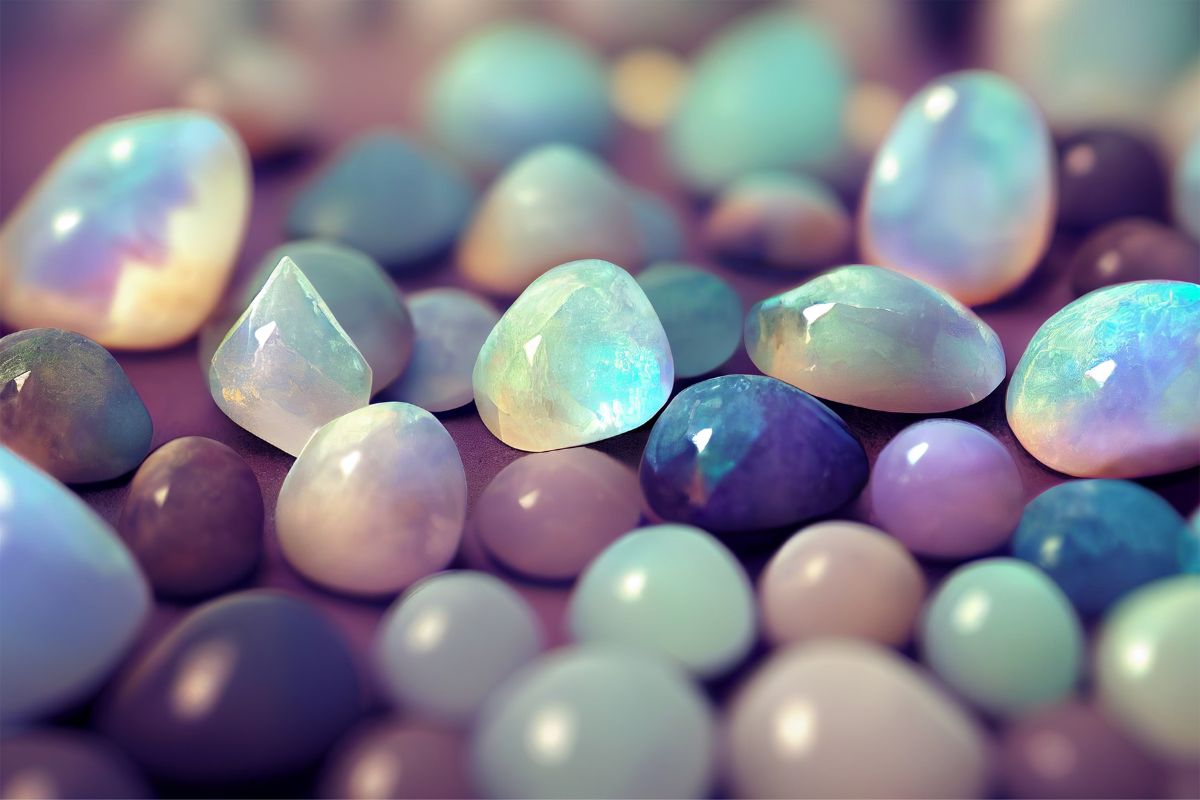
Moonstone is also a variety of feldspar mineral which is composed of both albite and orthoclase, and Moonstone is also one of the most valuable minerals out there today.
When illuminated from the right angle, Moonstone is known for its projection of incredibly beautiful colors, which is known as adularescence.
There are a few varieties of Moonstone available, however, the most common one is Rainbow Moonstone, which is recognizable for its distinct white surface with a remarkable blue sheen.
Moonstone can be found in a large number of places all over the world and is commonly seen in countries such as Madagascar, India, Sri Lanka, and Brazil, with the most common form of Moonstone, Rainbow Moonstone, mainly being found in Madagascar and India.
Similarly to Labradorite, the Mohs hardness of Moonstone is 6 to 6.5, which means that Moonstone isn’t a particularly hard or rugged mineral.
Moonstone is also prone to breaking when undergoing rapid temperature changes, so you should avoid keeping it in an area that experiences particularly cold or hot spikes in temperature, and soaking it in water for a prolonged period of time is also discouraged too.
It’s common for Moonstone to be found in a variety of different colors, with the most notable ones being pink, black, blue, or peach, and the stone itself can range from being relatively transparent to completely translucent.
The Moonstones that are of a higher quality will tend to have a colorless body and a blue hue.
Despite its fragile nature, Moonstone is often found in cabochon shapes, and then used in a variety of different forms of jewellery!
The Healing Properties Of Moonstone
Revered as the “Stone of New Beginnings”, and as the name might suggest, Moonstone has a deep connection with the Moon and the lunar phases.
The energy exuded from this crystal is known to help encourage people to stop interfering with the natural flow of the world and life, and how to let go of things in which they have no control over.
Because Moonstone can be found in so many different colors, it means that different variations can have connections to the different chakras throughout the body, with each color of Moonstone having a connection to an individual chakra (see also ‘How To Heal Using Chakra Colors And Crystals‘).
For example, peach colored Moonstone is connected to the sacral chakra, whilst Rainbow Moonstone is known to activate both the throat and crown chakras.
Moonstone helps to encourage peace and serenity with your life, and is particularly useful for resolving unattended emotional trauma and mental instability, all of which are key causes for stress and anxiety.
For those who are looking for a gemstone that is going to aid them in the process of working through and processing their bottled emotions, the gorgeous Moonstone is definitely a wise choice.
Having Moonstone on your person or in a space you regularly inhabit is also beneficial for your inner strength too, which is why it is often sought after by those who are undergoing a phase of self-improvement or personal development and growth, as it helps to promote happiness and joy.
Wearing Moonstone is a popular way to benefit from its power, and it’s also known to help bring luck and fortune in love and business for those who adorn it.
Although it is suitable for everyone, the inherent feminine energy of Moonstone means that it is especially powerful for those with a feminine spirit or aura, and is great for women particularly.
Moonstone’s positioning as a powerful emotional crystal means that it is perfect for helping to awaken deep-lying nurturing emotions and feelings within the body.
Moonstone is also said to have a particularly powerful influence on fertility and the female reproductive system, and is able to control and balance the hormones and cycles inside you which will help to increase your chances of conceiving.
If you’re looking to harness this particular power of Moonstone, then you should consider programming your Moonstone crystal specifically for fertility under a full moon, which should help to intensify its influence (see also ‘7 Powerful Fertility Crystals‘).
There are also a number of physical benefits that make Moonstone desirable too, especially for those seeking to rid their bodies of negative toxins and unnecessarily retained fluid.
Moonstone is also an effective aid for those afflicted with PMS due to its balancing nature, as well as being an efficient tool for relieving issues throughout the digestive system too.
It’s also known to have a relieving effect on those who suffer from degenerative conditions in the pancreas and liver as well.
Which Is Better: Labradorite, Or Moonstone?
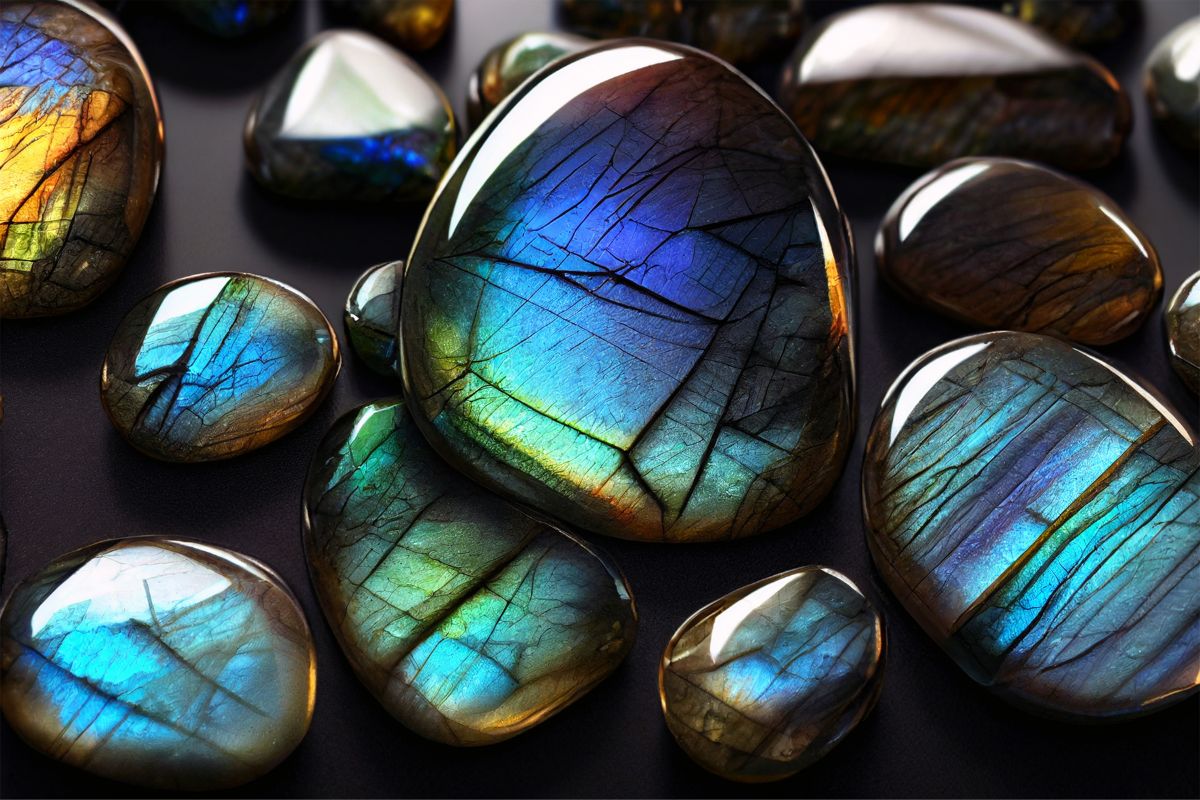
Even the most novice of crystal collectors will be able to tell Moonstone and Labradorite apart from each other, even if they do look similar to the eye.
But despite this similarity, their variation in color means that these two crystals are able to affect different respective chakras, and for those who are looking for a crystal that is able to affect different chakras depending on its color, then Moonstone is going to be the best choice.
For those seeking aid with their intuition, then Labradorite should be your choice, thanks to its ability to connect with the chakras of the Third Eye, and the throat.
However, both crystals are able to have radical effects on your life, which can help to alter its path for the better, and are particularly effective during moments of change and growth due to their promotion of self-belief and hope.
What some people might not be aware of though is that Labradorite and Moonstone are actually compatible with one another, so if you feel like the time is right, you can use them in conjunction with each other, which is recommended for women who are seeking to bring balance to both their emotional and hormonal imbalances.
One of the biggest differences between the two crystals is the accessibility, because although Labradorite can be found for very cheap, Moonstone can be rather expensive, especially for rare hues and colors, but even good-quality Rainbow Moonstone can be expensive too because of the numerous fakes and imitations that exist.
So, if you’re planning on adding these crystals to your collection, then you should definitely be aware of the cost they might incur.
Ultimately, the most significant difference between these two crystals is their color, with Labradorite having a much more noticeable range of colors when compared to Rainbow Moonstone, and although there are forms of Moonstone with a different colored sheen, they’re usually limited to display a single color at a time.
When it comes to deciding which of these crystals is better, it’s actually an impossible task, different people resonate differently with the vibrations and vibe of each crystal, which means that whilst some people will be drawn to Moonstone, others will be attracted to Labradorite in a similar way.
The best way to decide which of these crystals is going to be suitable for you is to find your way to the nearest metaphysical shop and to come into contact with each of these respective crystals.
You can do this simply by holding the crystal in the palm of your hand, and then allow your mind to decide which crystal resonates best.
Alternatively, you can always shop for your crystals online, and simply decide by determining which one is going to have the best effect on you.
Conclusion
So, although these crystals might initially seem incredibly similar, there are actually a load of differences which can help you to distinguish between them, and that will certainly make these crystals an interesting addition to your collection.
If you have one of these crystals, but you’re unsure which one, just remember that you can usually tell them apart from the coloring of the specimen, as Labradorite is much darker than Rainbow Moonstone. Thanks for reading!
- 15 Crystals That Cannot Be Exposed To The Sun - January 7, 2024
- Malachite Vs Fuchsite – Benefits And Uses - January 7, 2024
- Malachite Vs. Green Jasper: Benefits And Uses - January 7, 2024

